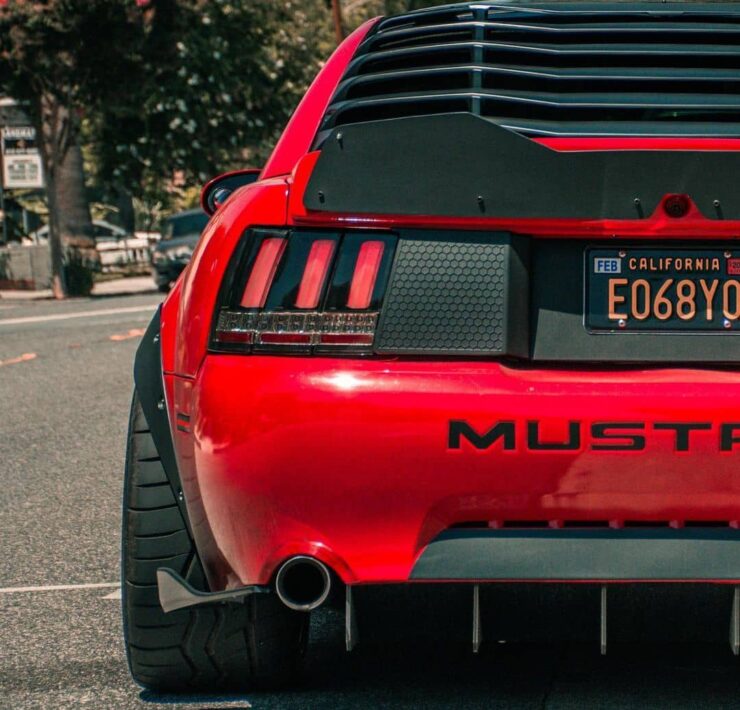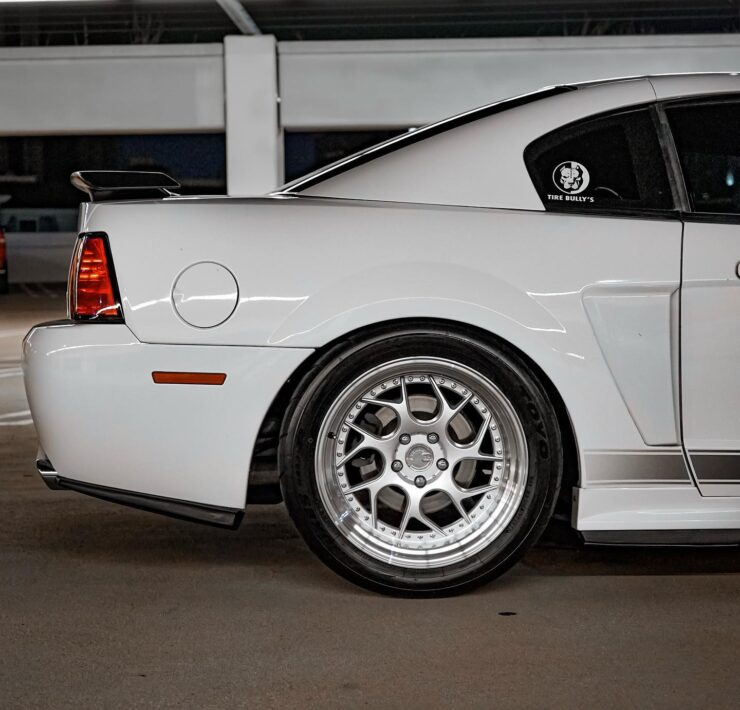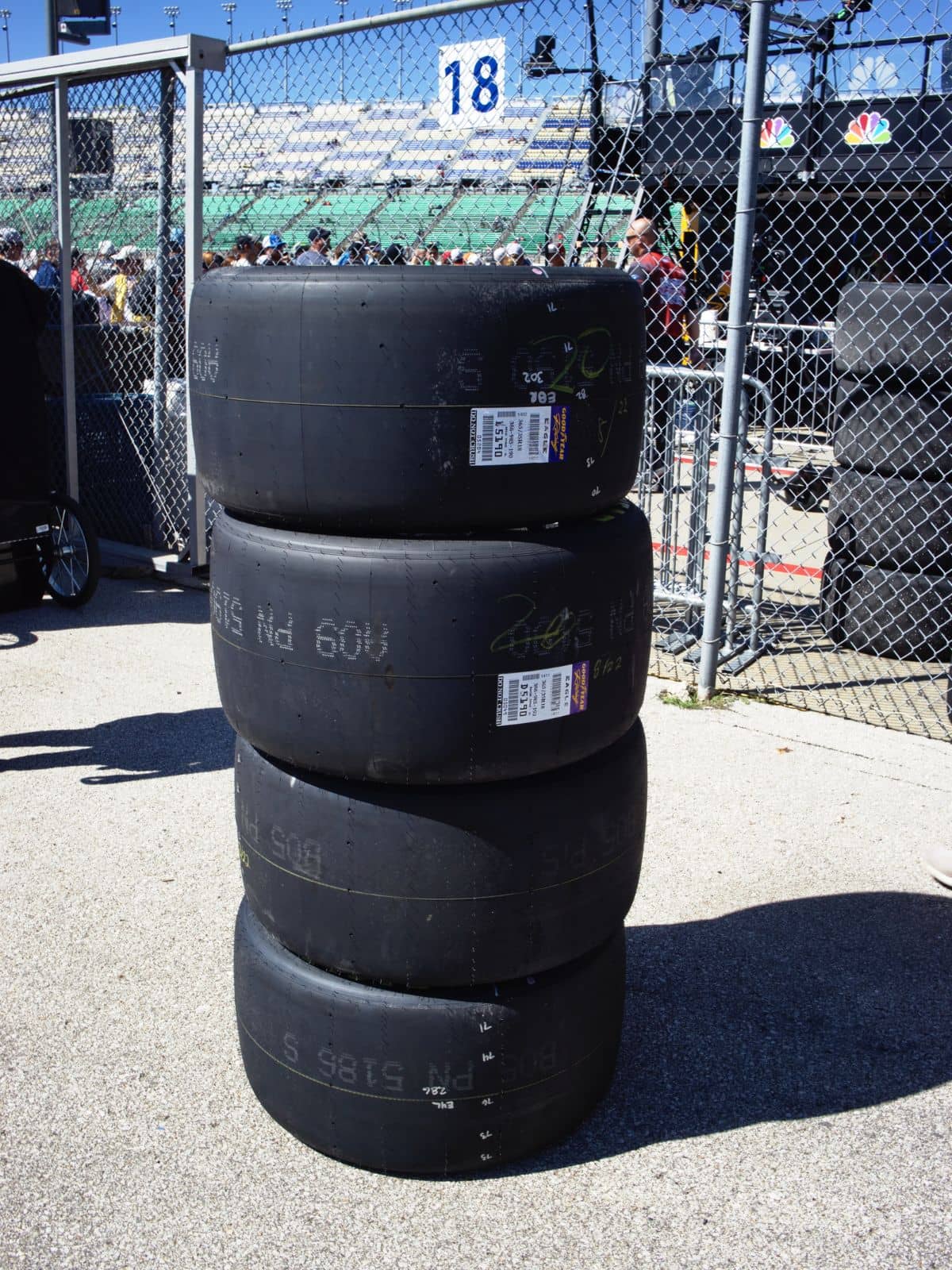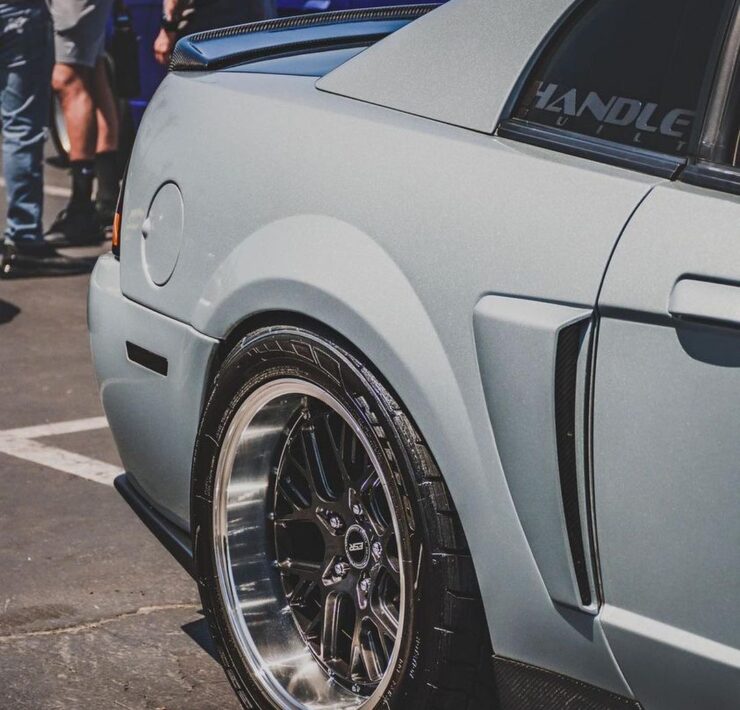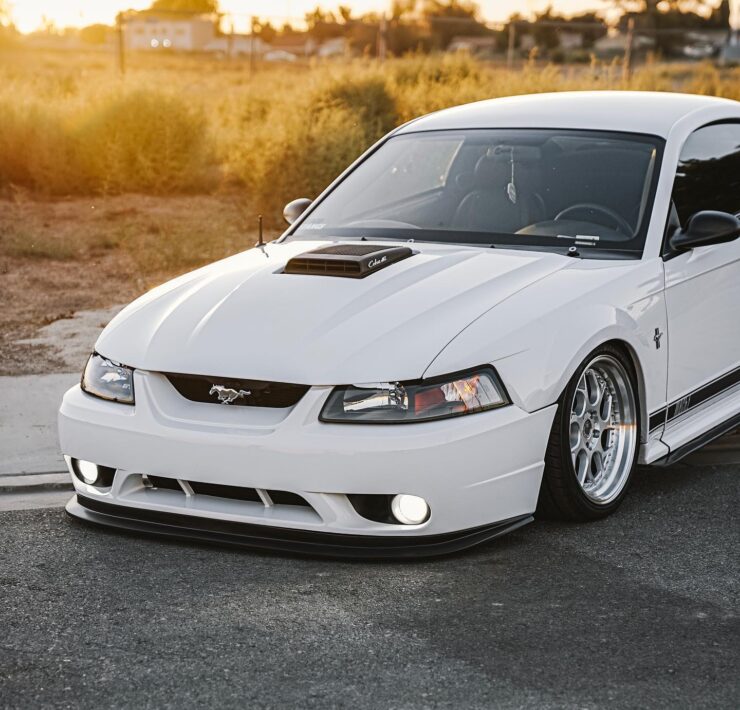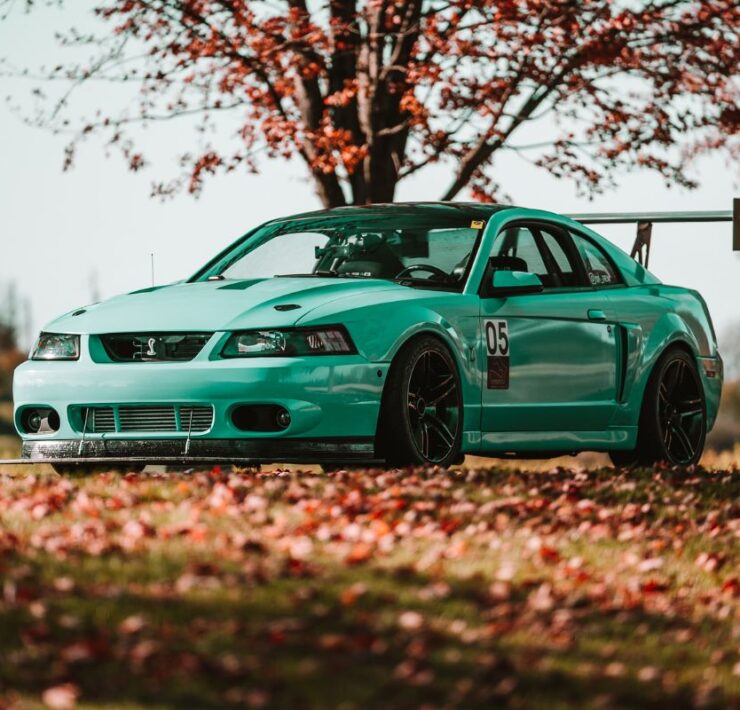When it comes to classic muscle cars, the right wheel and tire package can make or break its performance. From modern-day classics like a Ford Mustang to vintage models such as a 1968 Pontiac Firebird, selecting the proper wheels and tires is critical for optimal safety and handling.
Whether you’re looking for an aggressive stance with larger wheels and lower profile tires, or if you prefer a period-correct look with smaller rims and taller sidewalls, here are some key points to consider when choosing your next set of wheels and tires for your classic muscle car.
Guide by Model
- Ford Mustang New Edge
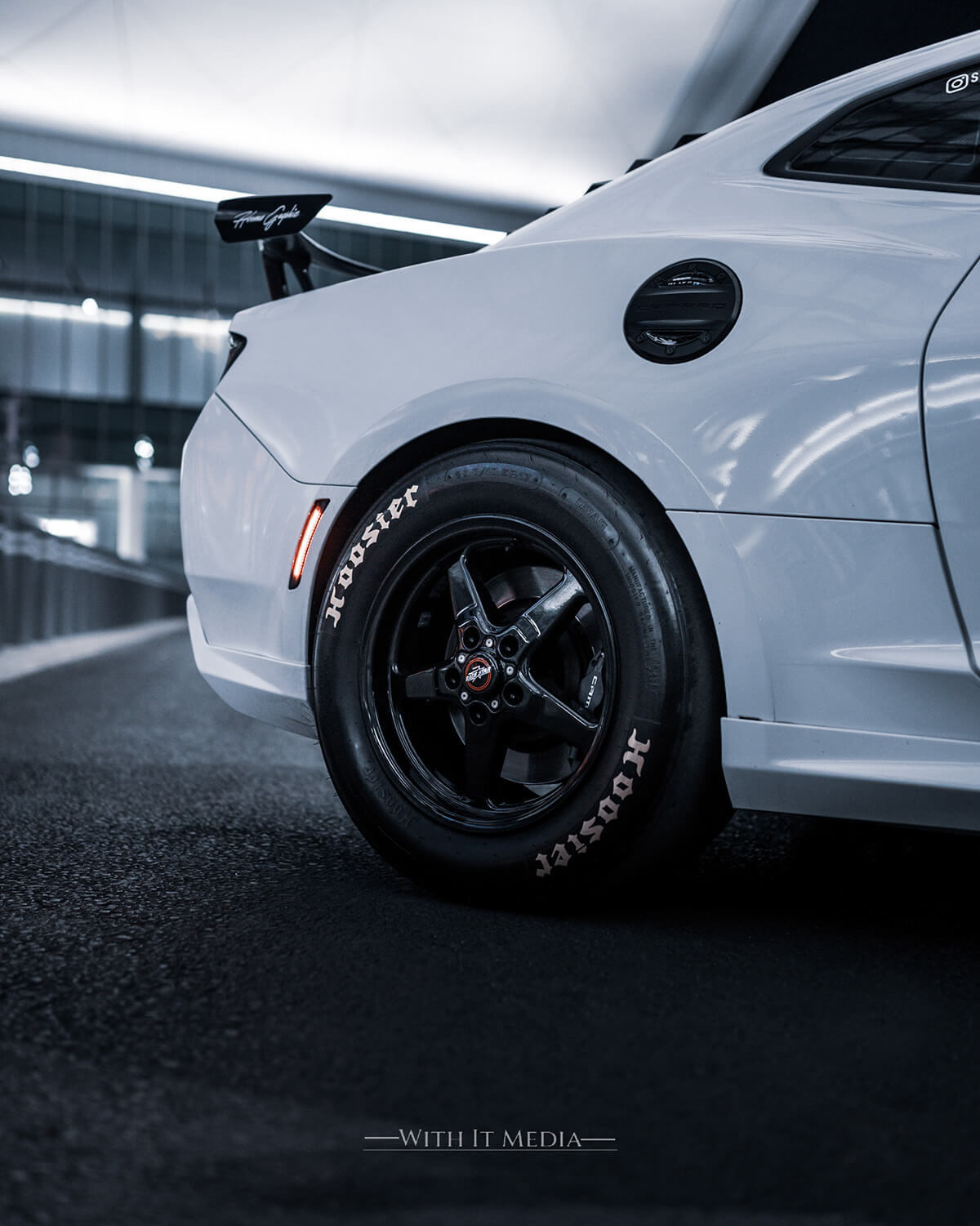
TIRES
When it comes to choosing tires for classic and modern muscle cars, car enthusiasts have a variety of options. For classic cars, radial tires are more common, ostly because they complement their classy looks. These tires are also specially designed to withstand the harsh conditions associated with vintage racing. For modern muscle cars, performance tires are the best option. These tires offer improved traction and stability, which translates to better cornering and more grip overall.
“We recommend to decide on the tire size, width, tread type and then proceed to choosing the rims”.
Radial Tires
Radial tires are an essential component of classic and modern muscle cars. Radial tires were originally developed in the 1930s by Michelin, but soon gained popularity due to their superior grip and cornering ability. Radial tires are designed with a radial ply construction, which allows them to provide a smoother ride and better traction on the road.
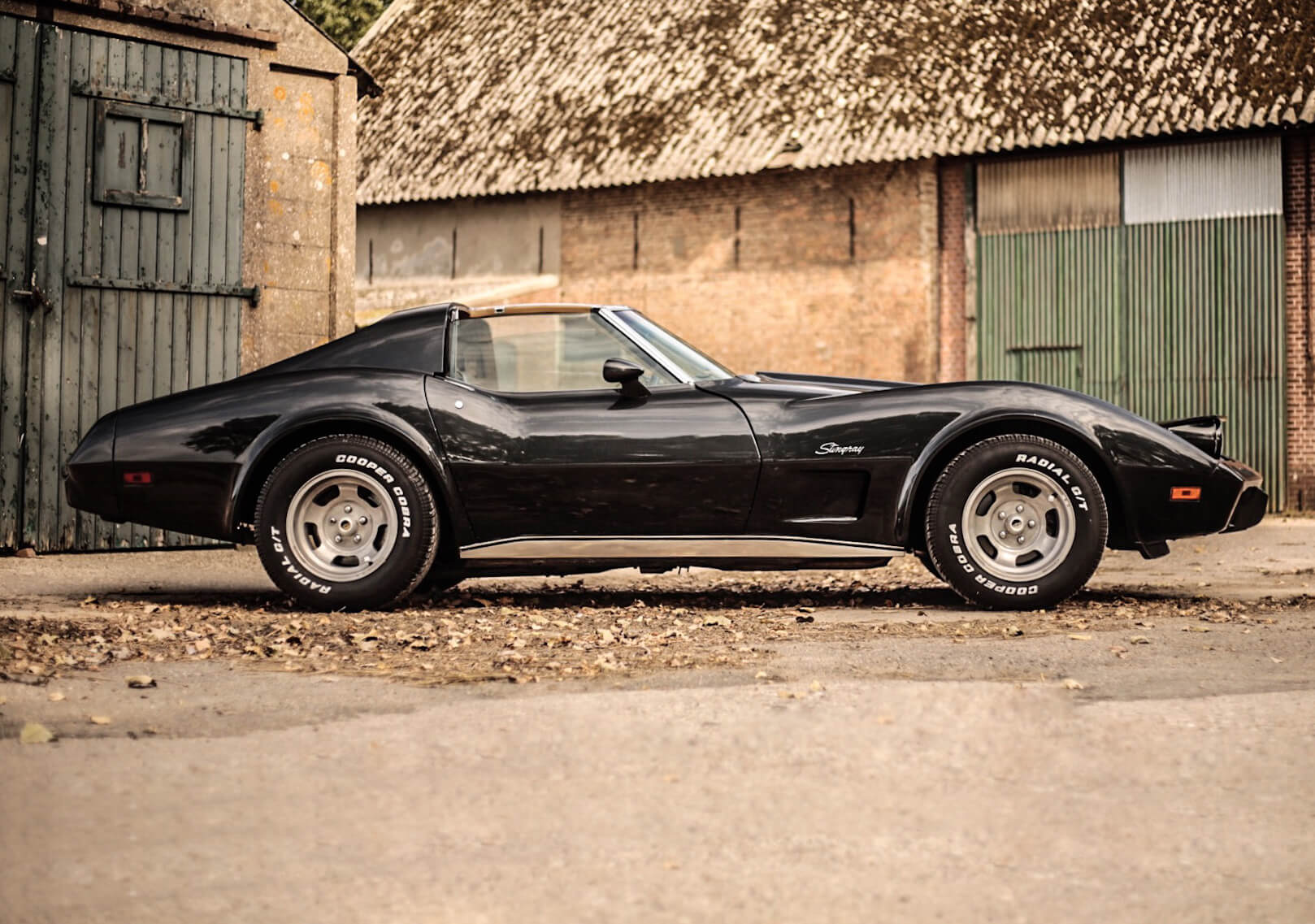
Performance Tires
Performance tires are an essential component of any classic or modern muscle car. These specially designed tires provide superior grip and cornering ability, making them ideal for auto racing. Performance tires also offer improved traction and stability, which translates to better handling on the road.
“Whether you’re looking to race your muscle car in a vintage competition or just want to add some extra excitement to your daily drive, performance tires can help take your vehicle’s performance to the next level”.
With their unique design features, performance tires are sure to give you the edge over other drivers on the track or street. If you’re looking for improved safety and handling while driving your muscle car, then investing in a set of quality performance tires is definitely worth considering.
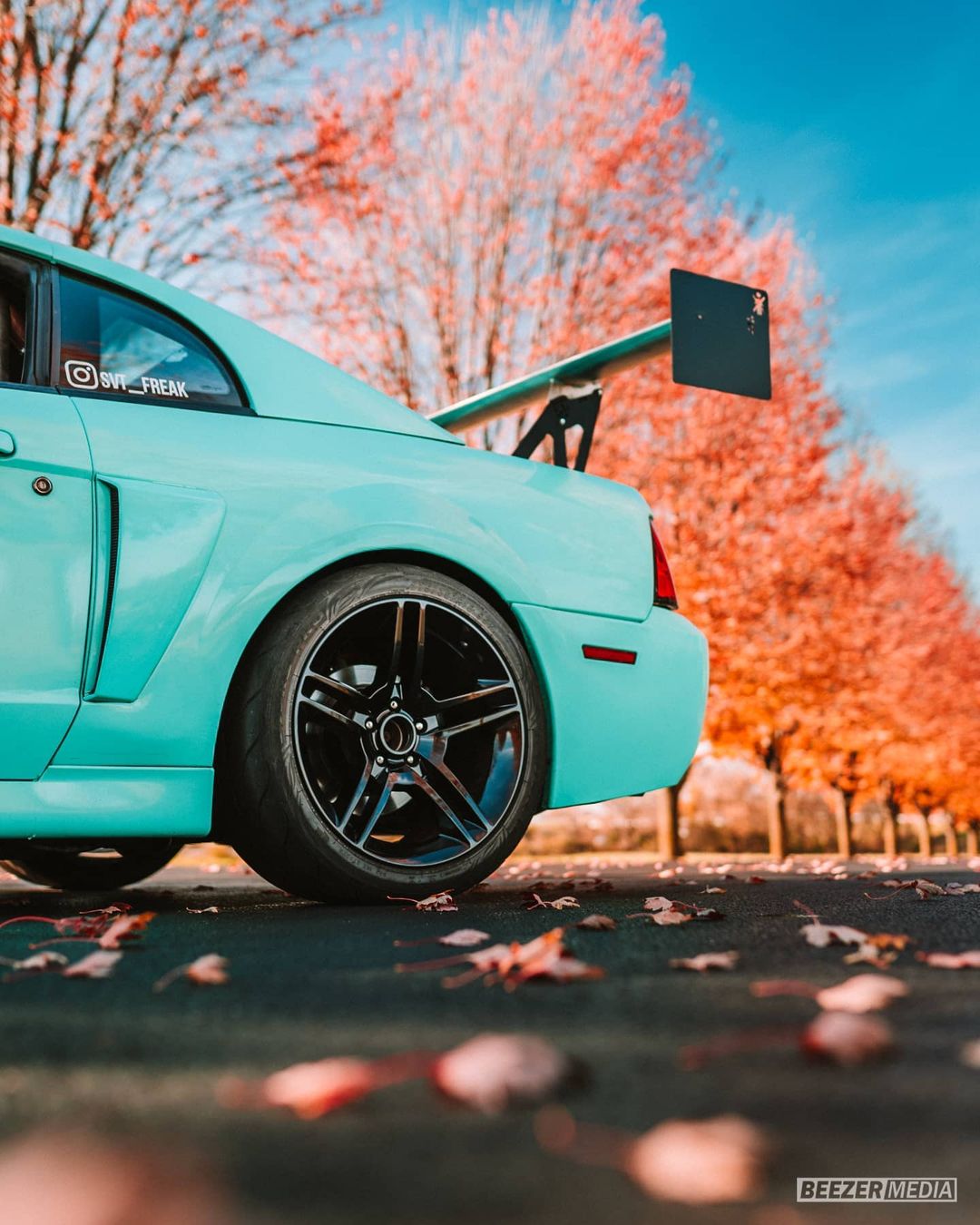
Drag Radials
Drag radials are a type of tire that is specifically designed for drag racing. These tires feature a more aggressive tread pattern and higher sidewalls to provide greater traction at the starting line, allowing drivers to achieve maximum acceleration and speed.
“Drag radial tires are typically made of softer rubber compounds which allow them to grip the track surface better than normal street tires”.
They also have a lower rolling resistance, meaning they create less friction and heat when driving. This leads to faster lap times and improved handling in all conditions.
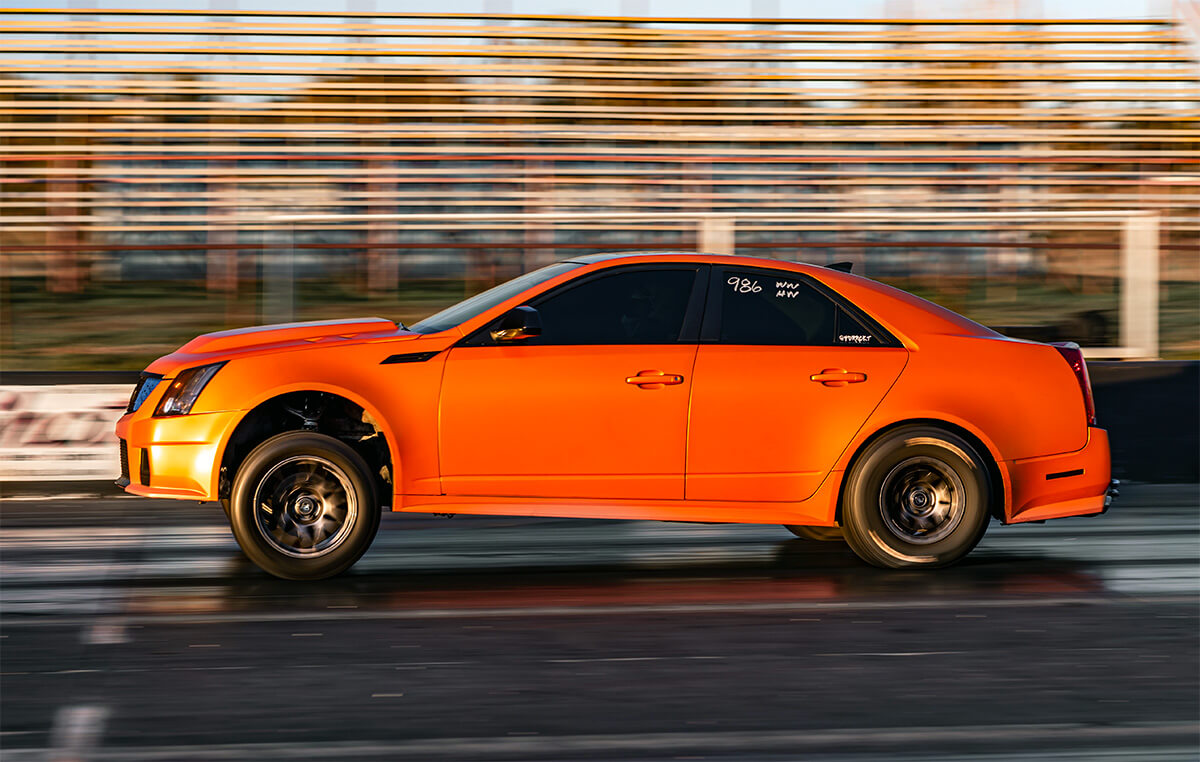
Racing sleeks
Racing sleeks are a type of performance tire specifically designed for use in competitive racing. They offer maximum grip, superior handling, and increased acceleration due to their low-profile design. The shorter sidewall allows for improved cornering capabilities and an overall reduction of road noise.
“Racing sleeks have a softer rubber compound and an aggressive tread pattern that helps provide extra grip when cornering at high speeds or during hard braking maneuvers”.
The combination of the shorter sidewall and softer rubber compound also reduces rolling resistance, allowing the tire to accelerate faster which is essential in competitive racing.
Tire Qualities that Matter
Grip & Tread
Grip is the most important factor when it comes to tires. How well a tire grips the road, especially in wet weather and cornering situations, will determine how quickly you can accelerate, brake and corner.
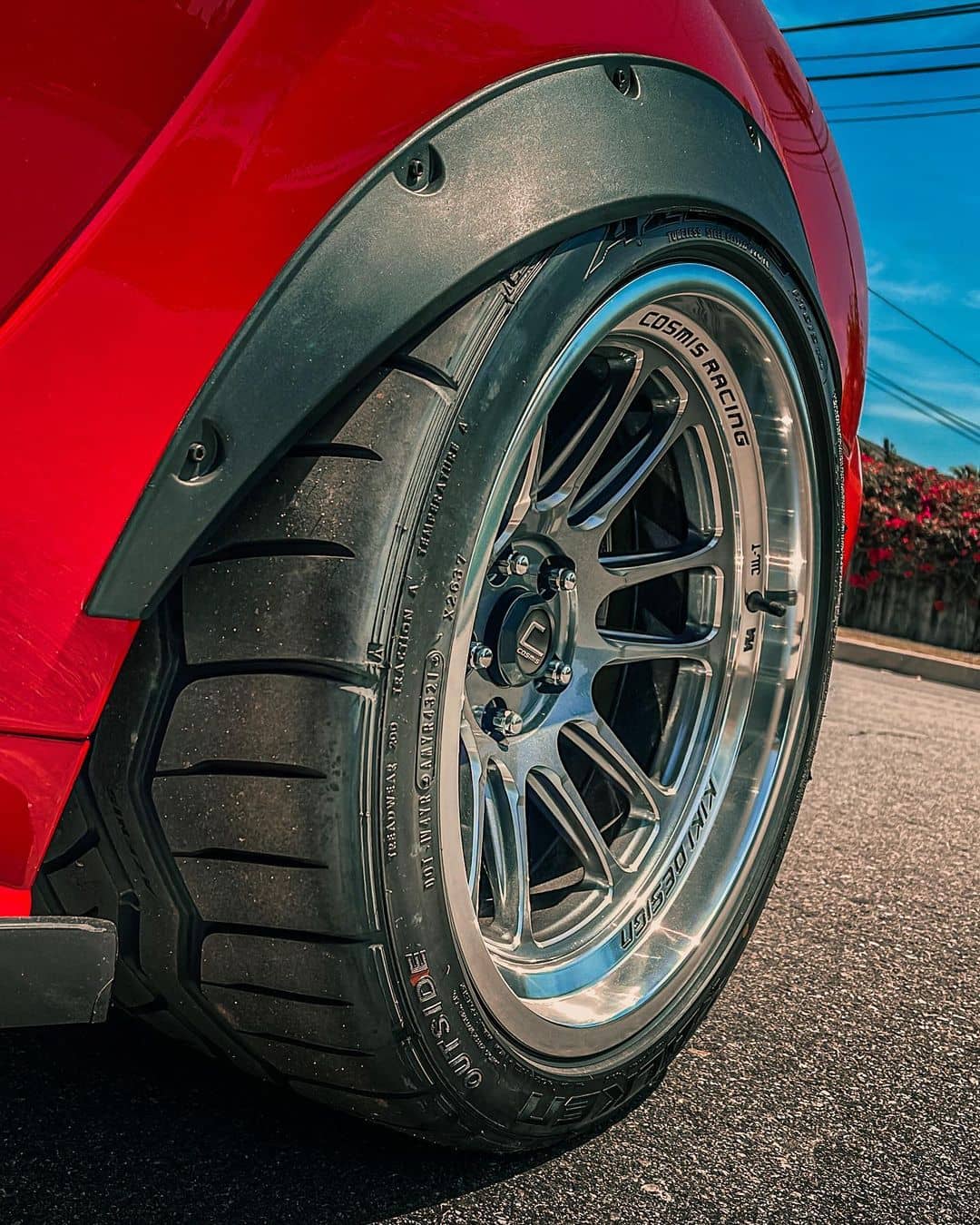
Tires with a higher grip levels are usually made from softer rubber compounds which provide better grip on the road and improved handling characteristics. Look for tires that have a higher treadwear rating and are labeled as “High Performance”. These will provide the best grip and performance in most conditions.
Profile height
Tire profile is also something to consider, as this determines how tall the tire sidewall will be. A lower profile provides better handling but can cause a harsher ride, while taller sidewalls are more comfortable but may result in less grip on the road.
Period-correct wheels with smaller diameter and tall side profile
When it comes to classic muscle cars, the right wheel and tire package can make or break its performance. From period-correct wheels like Cragar SS wheels to vintage rally tires such as BFGoodrich Radial T/A, selecting the proper wheels and tires is critical for optimal safety and handling. They are typically available in smaller sizes such as 14″ and 15″ yet, the performance level they provide can hardly compare with the tire installed on modern cars. They are often installed for the looks, rather than optimal performance.
“If you’ll go online in the search of, say 15″ high performance tires, you may be dissapointed, because there wouldn’t be any Toyo Proxes or Nittos available in this size”.
Low Profile tires with larger Diamater 17″ and up
Low-profile tires, are a type of tire that has a shorter sidewall than a traditional tire while still providing more stiffness and stability. The shorter sidewall allows for increased handling responsiveness and performance by keeping the contact patch closer to the ground.
They are commonly used on sports cars and modern muscle cars, but can be found on many other types of vehicles such as performance SUV and trucks.
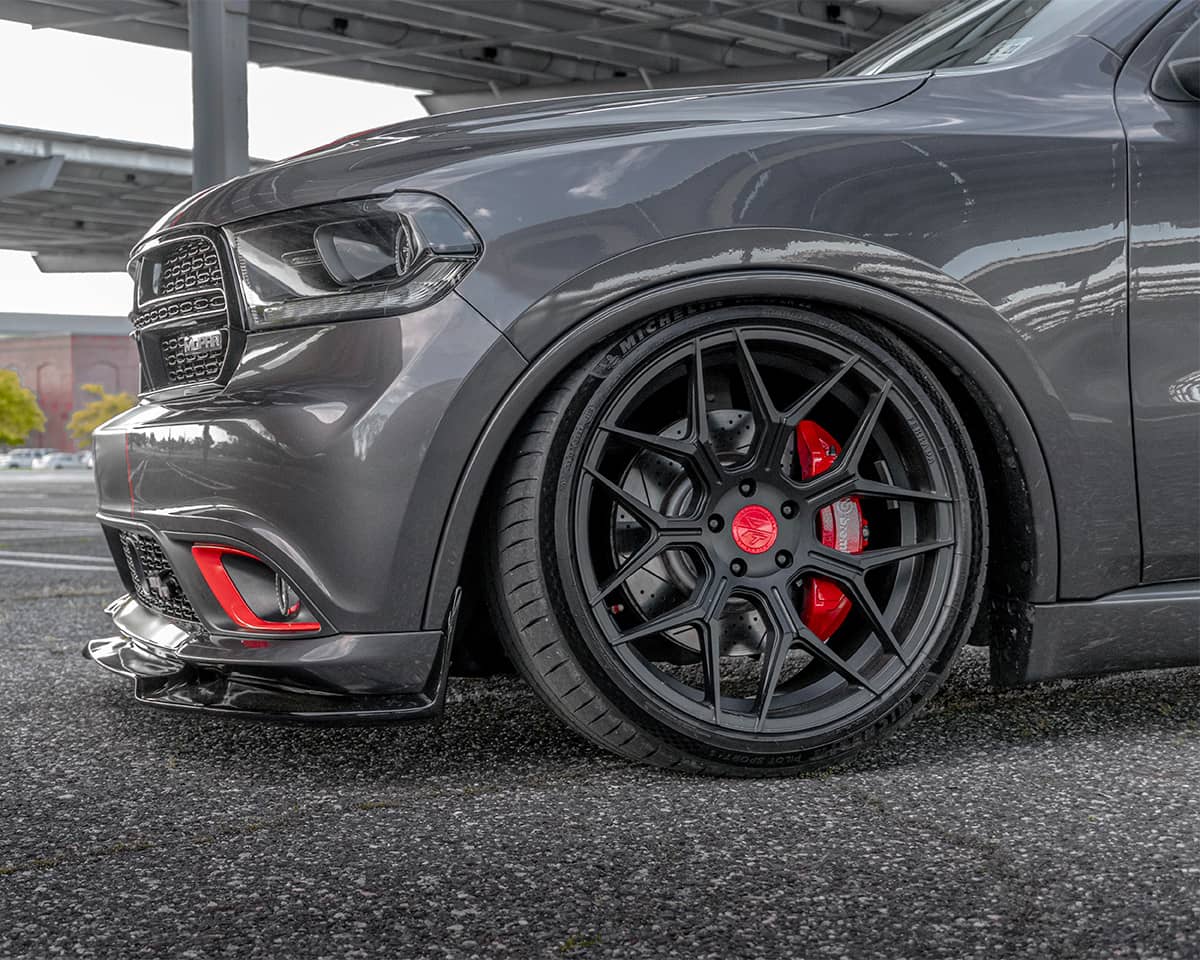
Tire Width
Tire width is important to consider, as the proper size will affect your car’s performance. A wider tire will provide better traction and stability than a narrower tire (thanks to increased contact point with the road surface ), while also being able to support more weight.
“However, keep in mind that too wide of a tire can cause poor handling due to increased drag on the road. Plus, wider tires are also able to displace more water, allowing for better traction in wet conditions”.
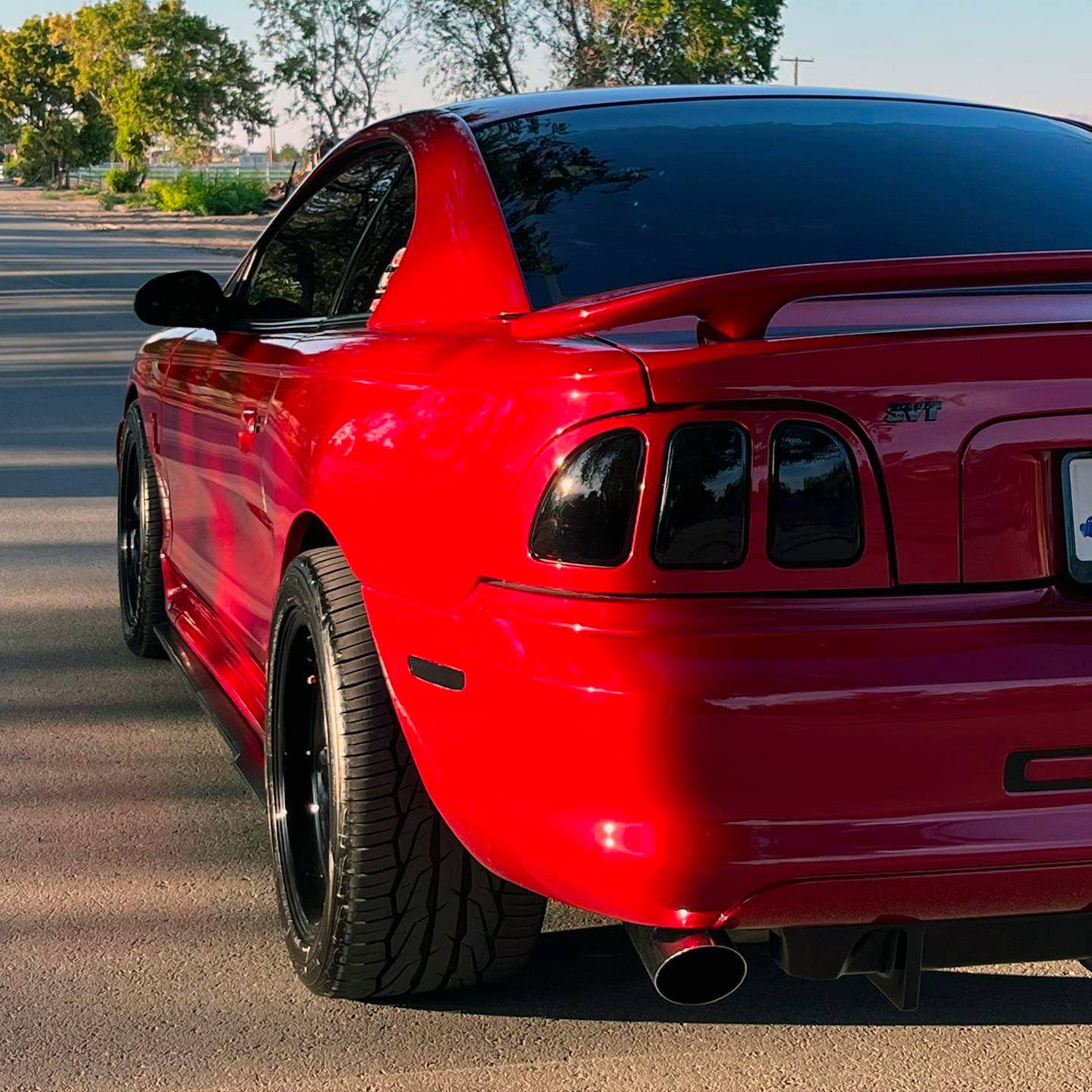
It’s important to ensure that the vehicle’s suspension system and wheel alignment can support the wider tire size before making any changes. Additionally, wider tires may add extra stress on brakes and other components of the suspension system due to their heavier weight.
“a wider tire may also cause an increase in rolling resistance, resulting in higher fuel consumption and possibly reduced acceleration”.
Overal Diameter
When choosing performance tires for a sports car, the overall diameter is an important factor as it affects how the vehicle will handle. A larger diameter tire can offer improved grip due to its larger contact patch with the road surface. However, a too-large diameter tire can lead to excessive road noise and increased rolling resistance that may hinder acceleration and handling.
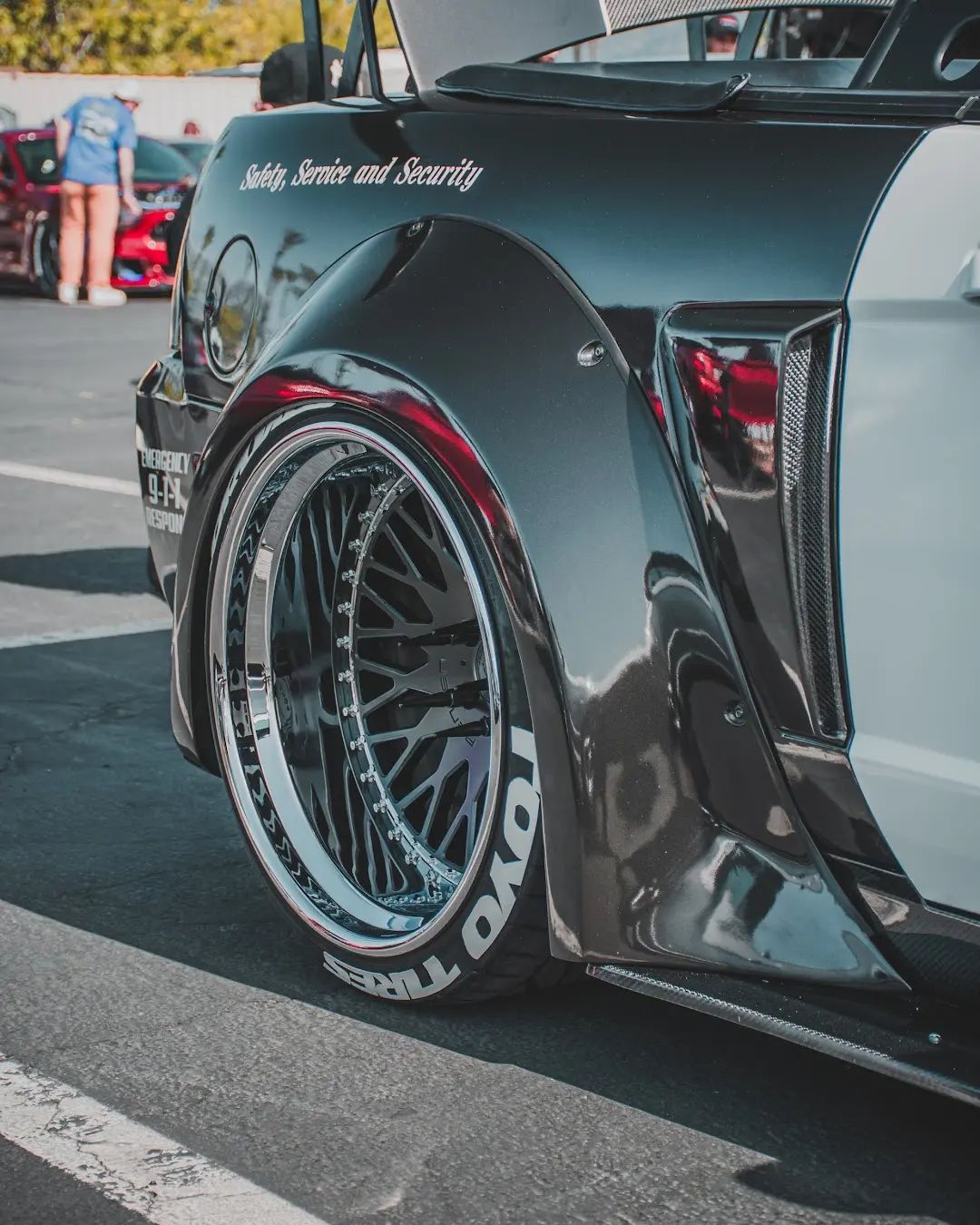
For optimal performance, it is best to find a balance between tire size and vehicle weight. If the axle load rating matches the tires’ specifications, then a larger diameter tire can be used for better traction and improved cornering performance.
“It’s important to ensure that the larger diameter does not reduce driving comfort or cause excessive wear on other components of the suspension system//”.
RIMS
When choosing aftermarket rims for a sports car, there are a few key factors to consider. First, the size and design of the rim should match the wheel size and bolt pattern of your vehicle. Second, check that the rim is compatible with the original tire size and load rating so as not to cause any damage to the suspension system or wheel alignment. Third, make sure that the center bore is wide enough to fit over the hub of your wheel.
- Wheel diameter and width: While larger wheels provide a more aggressive look and better performance, they can also be heavier than their smaller counterparts. This means that you’ll need to make sure you have the proper amount of horsepower available to spin them effectively. If not, consider going with a smaller size.
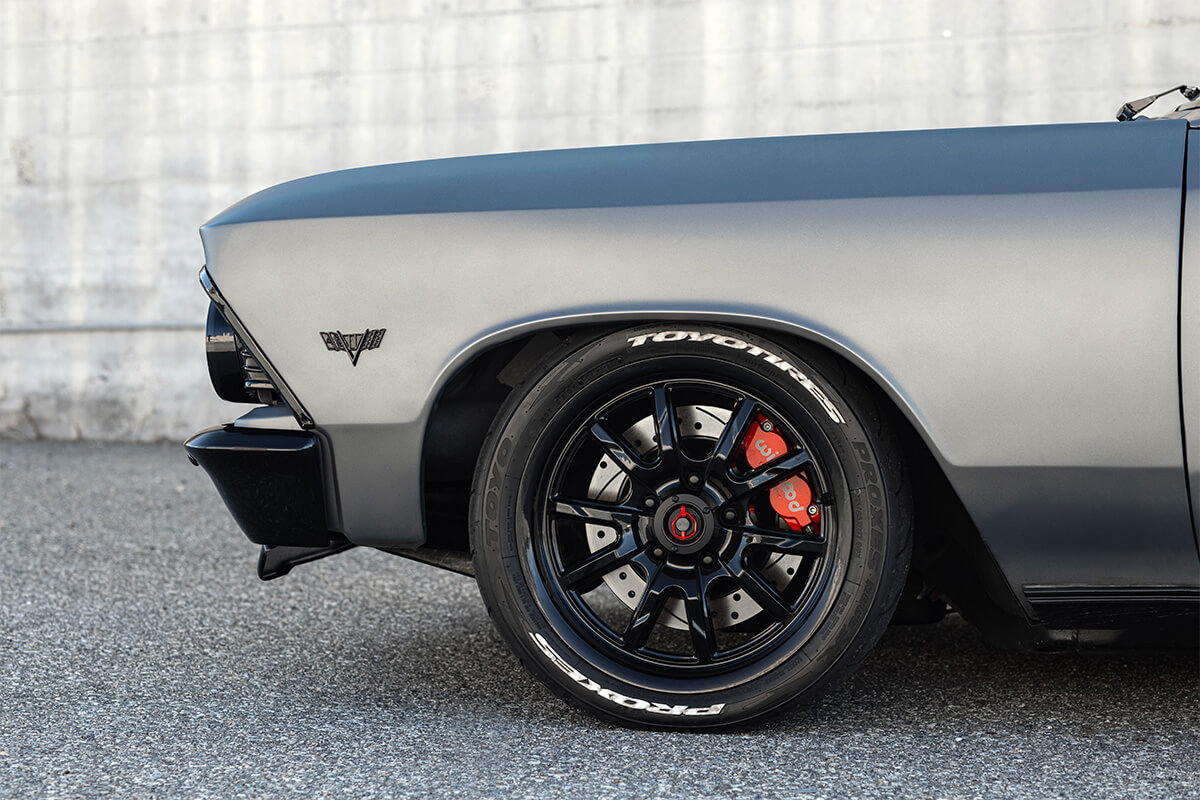
- Offset & Backspacing: The offset and backspacing of your wheels can determine how far the tire will extend out from the wheel well. A lower offset provides for a deeper wheel dish, while a higher one results in less dish but improved stability at high speeds. It’s also important to consider that wider tires may require different offsets than narrower ones.
- Bolt pattern: The bolt pattern of your wheels should match the lug pattern of your vehicle, otherwise you won’t be able to mount them properly. Additionally, aftermarket wheels come in different sizes, so make sure to double-check that they will fit over the hub of your original wheel.
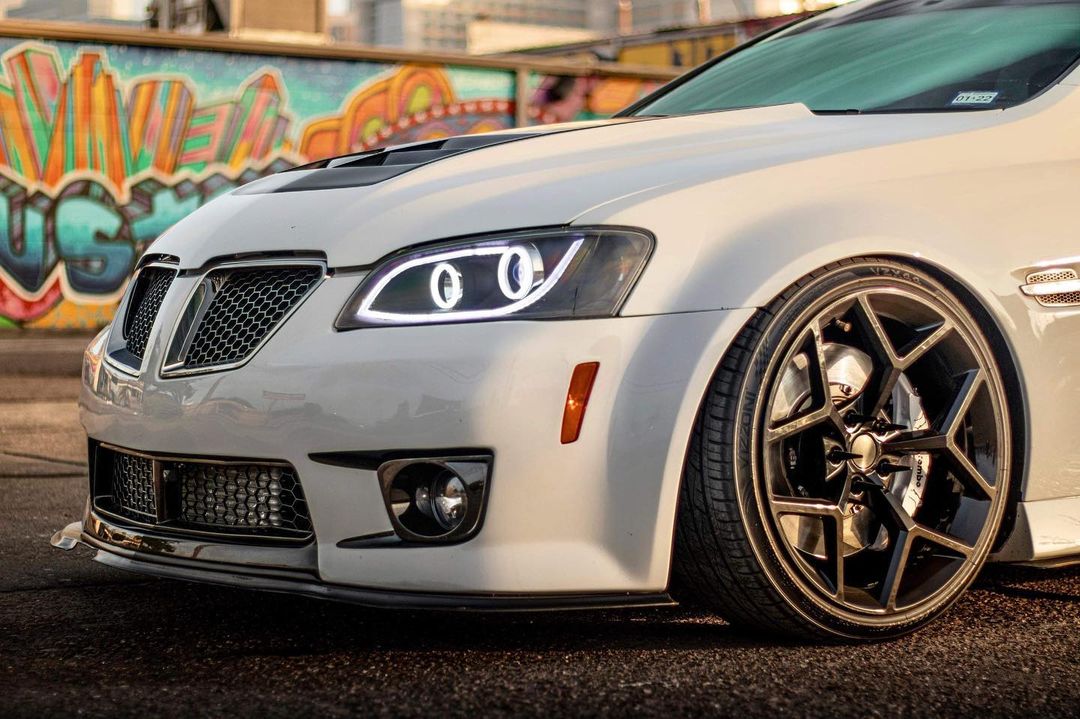
Material
Steelies
Classic wheels were made out of steel. While there were prettu durable and cheap there were some disadvantaes compared to modern light alloy rims. Steel car wheels are generally heavier than aluminum alloy and carbon fiber wheels, leading to increased rotational mass and decreased fuel economy. The weight can also cause the suspension to become more stiff, which may not be ideal for comfort or controlling the vehicle in high-performance driving situations.
Alloy wheels
Aftermarket alloy rims for cars are a popular choice due to their light weight, corrosion resistance, and cost-effectiveness. They provide an affordable way to customize the look of a vehicle while also reducing overall rolling resistance and improving fuel economy.
Aluminum alloy is the most common material used in aftermarket rims. These rims are available in a range of sizes and styles, from classic looks to more modern designs. Additionally, some manufacturers offer custom wheel designs that make them stand out from the crowd.
Flow-Form
Flow-form custom wheels are a type of aftermarket wheel designed to provide superior performance and durability while also improving the aesthetics of the vehicle. Flow-form wheels are made by a process known as flow-forming, which utilizes pressure and heat to reshape an aluminum alloy into a stronger and lighter wheel design. The end result is a wheel that is both light in weight and strong in construction.
Flow-form technology helps reduce rotational mass, which can lead to improved performance and better fuel economy. Flow-forms also feature enhanced styling with detailed designs that help them stand out from the crowd.
Forged
Forged wheels offer superior strength, due to the compression and manipulation of the alloy material at high temperatures. This makes them an ideal choice for drivers looking for improved performance or enhanced styling.
Forged wheels are also usually lighter than traditional steel or cast aluminum wheels, which can reduce rotational mass and improve fuel economy. The lighter weight also allows for larger wheel sizes with less strain on the suspension system. They are often more expensive than other wheel options, but those seeking superior performance may be willing to pay more for the extra benefits.
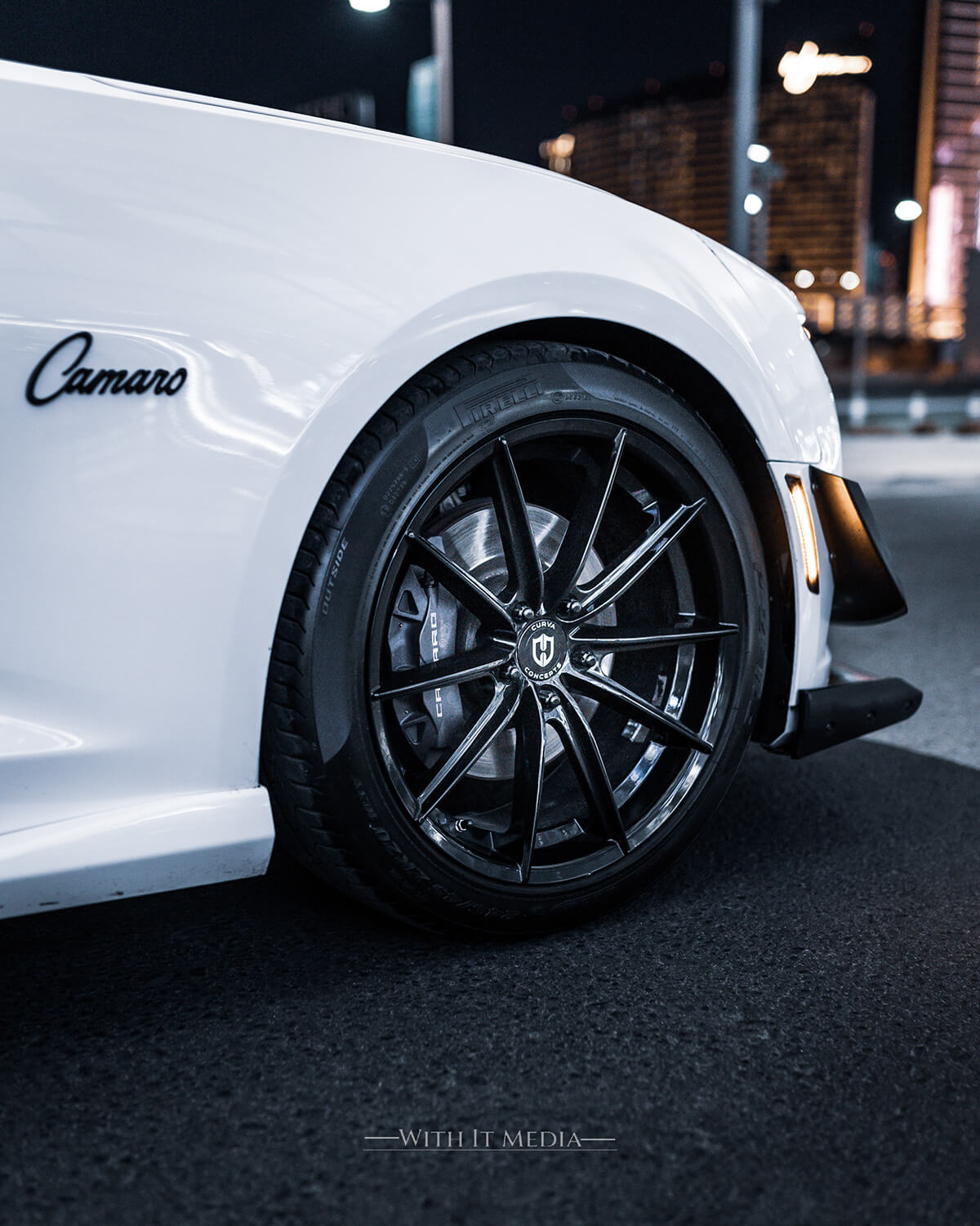
Conclusion
When it comes to choosing the right wheels for your car, there are many factors to consider. Whether you’re looking for a sleek look or superior performance, the right wheels can make all the difference. For classic muscle cars, steel rims with whitewall tires are the preferred choice. These wheels offer a more traditional look, while providing superior handling and traction on the road. For modern muscle cars, alloy rims with low-profile tires are recommended. Flow-formed or forged rims not only provide improved performance, but they also look great and can give your car an aggressive stance.
Overall, it’s important to make sure you select wheels and tires that are compatible with your classic muscle car. Doing so will help ensure optimal performance, safety, and comfort for years to come. Now that you know the basics of wheel and tire fitment for classic muscle cars, you’re ready to start shopping! Good luck on your search for the perfect set of wheels and tires for your ride.

